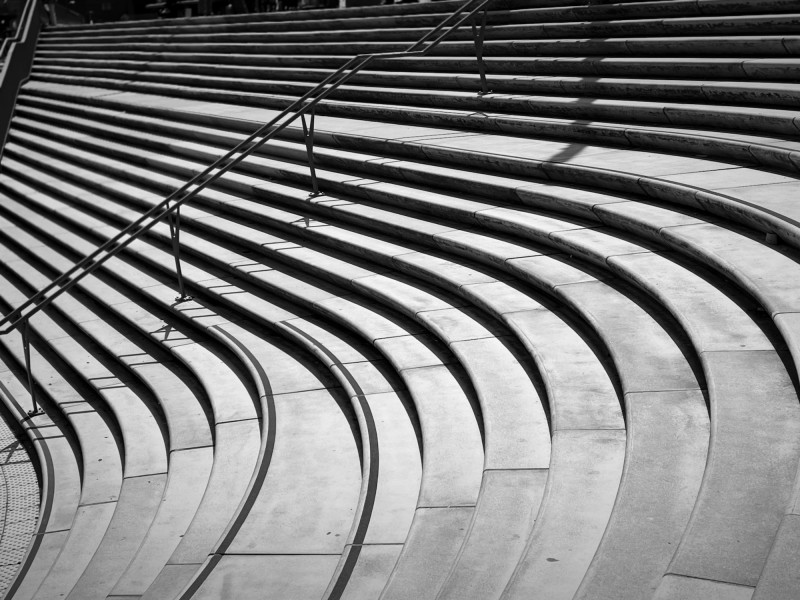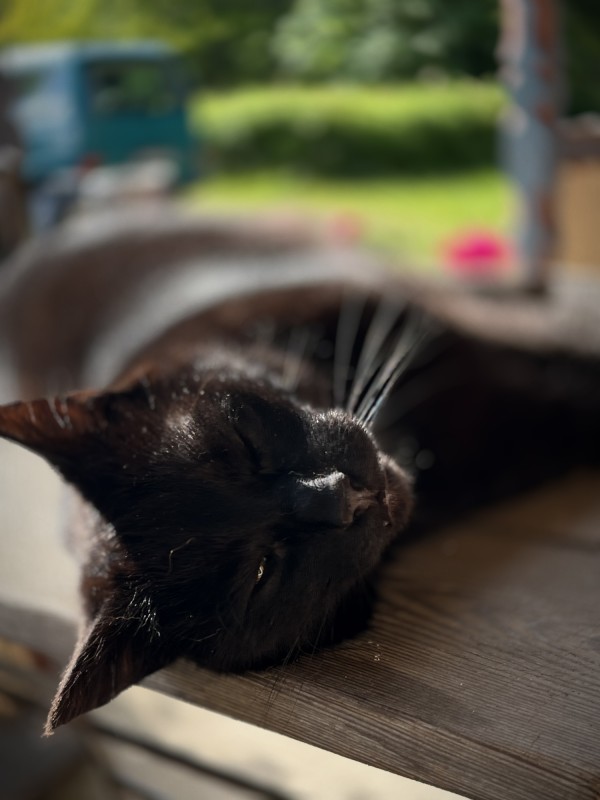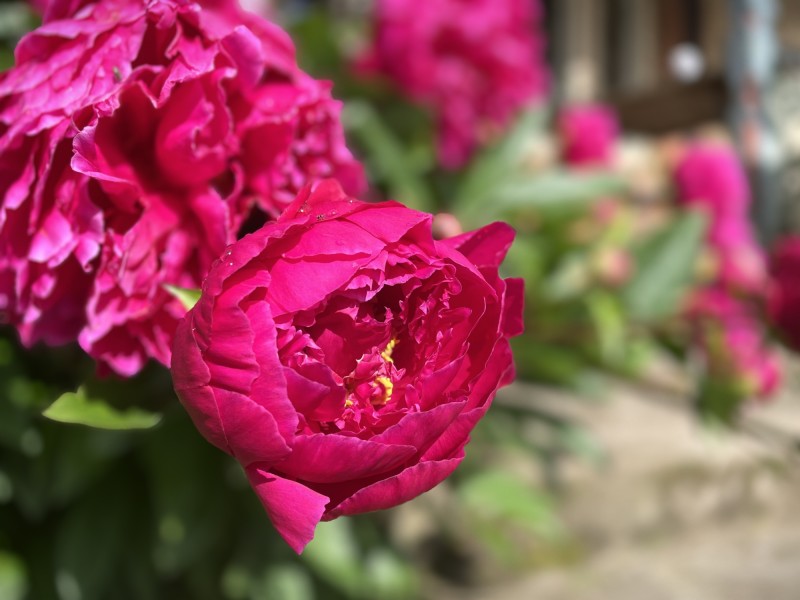iPhone de Lux
iPhone de Lux
June 14, 2024

Summilux-M 35 f/1.4 Asph, ISO 50, 1/1404, f/1.4
I must admit that I was overwhelmed a few times and even a bit envious, when I tested the Huawei and Xiaomi devices for LFI. However, for professional reasons a move from iOS to Android wasn't possible. And owning a second smartphone just for photography, and always having it on hand, didn’t seem very sensible to me. This meant I was all the more pleased about the new app. And I can say this right now – my expectations were exceeded. The fact that the normal iPhone camera is not the non-plus-ultra of smartphone photography, is also demonstrated by the large number of third-party camera apps. With its expertise and experience, Leica now also offer an app that goes its own way in processing image information and, as such, delivers different results in terms of contrast, colour reproduction and character – results that really are reminiscent of images taken with Leica cameras.
Leica built the Lux-App in collaboration with the Norwegian company, Fjorden Electra AS, which the company in Wetzlar took over in December last year. The Norwegians made a name for themselves thanks to their very successful Kickstarter campaign and the development of their Fjorden Grip for the iPhone, and the Fjorden Camera App.
The Tale of Two Modes.
The structure of the Leica Lux is clear and well designed, as we are used to from the menus on Leica cameras. The app basically has two modes that you can choose between when taking photos: Aperture and Photo. The Photo mode in the full version gives you complete control over all the cameras on your smartphone, as well as all photo parameters: you can switch between the cameras, set the file format (JPG, HEIC, ProRAW and ProRAW + Compressed, as well as RAW and RAW + Compressed), turn the flash and self-timer on and off, display a luminance histogram, and activate the very popular focus peaking. For four parameter choices, there is also the option to create a convenient shortcut.
Exposure compensation, which can be controlled on a scale from -6 to +6, plays a central role in Photo mode. With a slight swipe upwards, you can also access four further setting options that can be adjusted manually: ISO, shutter speed, white balance and focus (AF and manual). The main feature of this mode are the (at this time) eleven “Leica Looks”. These Looks are like a kind of filters that you can apply to the photos: Standard, Vivid, Natural, Classic, Contemporary, Eternal, as well as five black and white looks, which some users will already know from the FOTOS app (available for the Leica Q3). These Looks developed by Leica define the characteristics of the images and give the photos corresponding colour tints.
Most of these setting options are also available in the second mode, the Aperture mode. However, as the name suggests, it is the aperture that takes centre stage in this case. And not just the aperture, but also a Leica lens behind it – at least virtually. Depending on the iPhone model, there are up to four lenses you can choose from at this time. On my older iPhone 13 mini, there were three lenses: the Summilux-M 28 f/1.4 Asph, the Summilux-M 35 f/1.4 Asph and the Noctilux 50 f/1.2 Asph. iPhone Pro and Pro Max models with a telephoto lens also have either a Noctilux 75 f/1.25 Asph or Telyt 135 f/3.4 Asph at their disposal. These lens simulations are also the app’s centrepiece and its unique selling point. Pictures taken in this mode provide a unique look and differ greatly from those taken with the normal iPhone camera. Particularly when it came to bokeh and the transitions between the in-focus and out-of-focus areas, the results with the Leica Lux app were better than those of the normal iPhone camera. In addition, a Leica Look can also be assigned to images taken in the Aperture mode.
Two-week trial for free.
The full version of the Leica Lux is available in the Apple App Store for €7.99 a month or €79.99 a year, and can be tested free of charge for a fortnight. A free version with limited features is also available. The app runs on all iPhones with iOS 17, although it’s recommended to use a newer model in order to utilise the full potential of the lens simulations. Further Leica Looks, lenses and functions are due to follow at regular intervals. Anyone who enjoys taking pictures with a smartphone, and wants to use an iPhone for more that just photographic documentation, should really give the Leica Lux app a try. Once you get used to handling the app – which happens surprisingly quickly – you get into a good photographic flow and can produce really great results.

Summilux-M 35 f/1.4 Asph, ISO 50, 1/1404, f/1.4

Noctilux-M 50 f/1.2 Asph, ISO 50, 1/3049, f/2.8

Summilux-M 28 f/1.4 Asph, ISO 160, 1/50, f/2.8

Summilux-M 35 f/1.4 Asph, ISO 40, 1/121, f/1.4

Summilux-M 35 f/1.4 Asph, ISO 50, 1/1404, f/1.4

Noctilux-M 50 f/1.2 Asph, ISO 50, 1/598, f/1.4

Summilux-M 35 f/1.4 Asph, ISO 50, 1/1517, f/2
